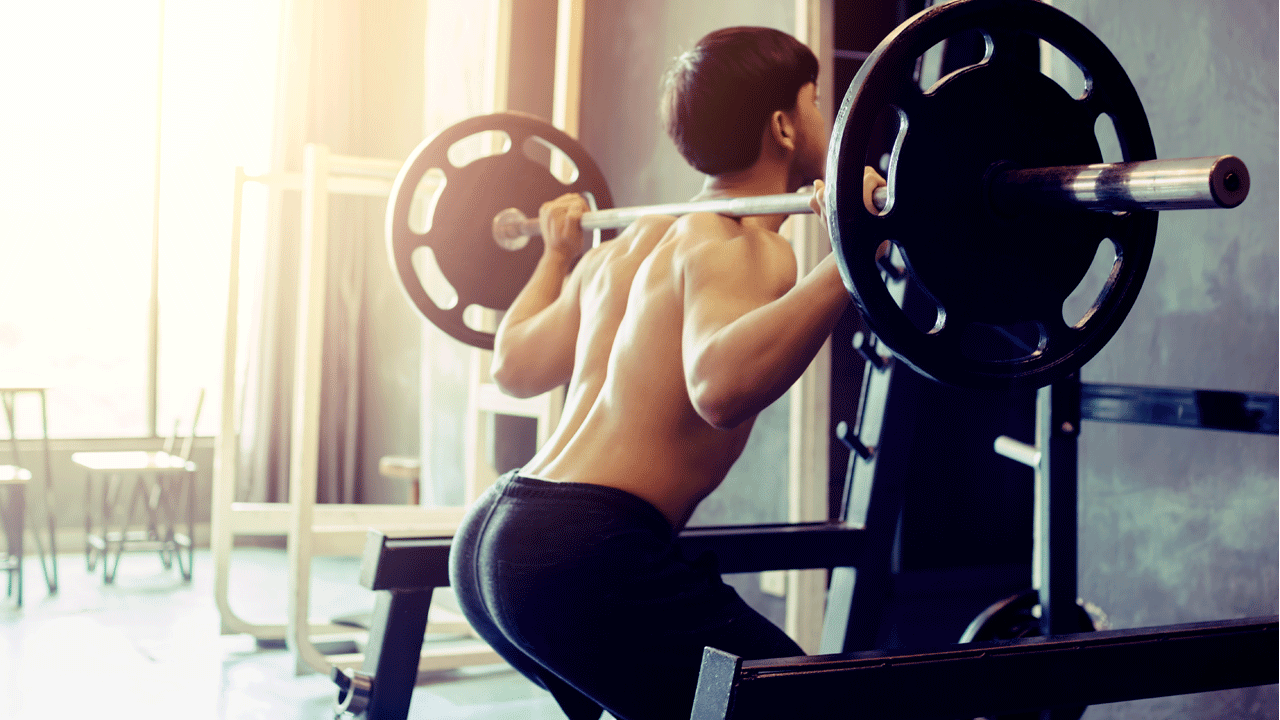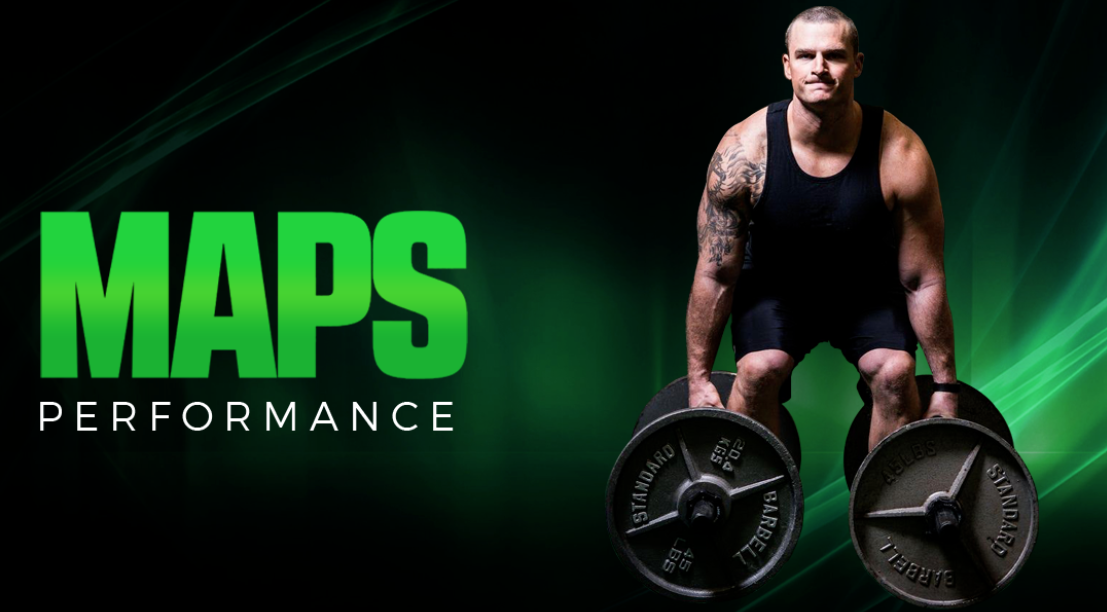Normally when a guy is focusing on glutes, he is NOT focusing on HIS. Despite the rise in the focus on female glute training, to the point where we are seeing glute equipment being branded in pink, the glutes are equally as important for men as they are for women.
Aesthetics aside, there are very few muscles that play as integral a role in performance and power as do the glutes. And I really mean that. Think for a second about athletes in explosive sports like sprinting, football, and rugby. Those men have some serious meat on their posterior. This is a necessity for sports performance and injury management. Due to the hips dependence on the gluteal complex for structural support, any structural discrepancy (weak or undersized glutes) is an injury waiting to happen. So, besides LOOKING good, the glutes are of paramount importance. But what exactly do the glutes do?
The glutes are, first and foremost, a hip extensor. Your glutes extend the hip backward in the sagittal plane, think thrusting. Assuming an article titled “Should GUYS train their glutes” has a few guys reading it, I'm sure there isn’t a lover in your life who wouldn’t be opposed to a little extra “UMPH” from your thrusting muscles?. The glutes are NOT the only hip extensor, however. In fact, they are just one of the five primary hip extensors, a group that also includes the adductor magnus (hamstring region) biceps femoris (long head) and the sem-membranosus/tendinosis – all of which comprise the hamstring. Basically what this means is an underdeveloped set of cheeks could lead to an overworked hamstring. In addition to extending the hip, the glutes also function to externally rotate the hip, abduct the leg AND play a role in posteriorly tilting the pelvic bone. The position of the pelvic bone plays a huge role in back pain and walking mechanics, so If you have plans to age relatively pain-free, give a little love to your glutes. Lastly, the glutes are about 68% fast twitch and 32% slow twitch, so they respond well to a variety of rep ranges and loads. One of the problems many of us face when it comes to developing functional glute complex is that they have a tendency to be overshadowed by the quads, hamstrings, and back in gross movements like squats and deadlifts. Many suffer from overactive hip flexors and underactive gluteals. Using tools like priming (shown here) you can ensure your glutes are active and firing. After they are fully ramped up, a solid three to five times a week resistance training program that incorporates a little extra frequency for the glutes would be ideal, I recommend the “Sexy Athlete Bundle” for these specific purposes.>>>click here to check it out
REFERENCES:
1. Sirca A, Susec-Michieli M. Selective type II fibre muscular atrophy in patients with osteoarthrits of the hip. Neurol Sci 1980; 44: 149 – 159.
2. Johnson MA, Polgar J, Weightman D, Appelton D. Data on the distribution of fibre types in thirty-six human muscles. An autopsy study. J Neurol Sci 1973; 18:111–129.






